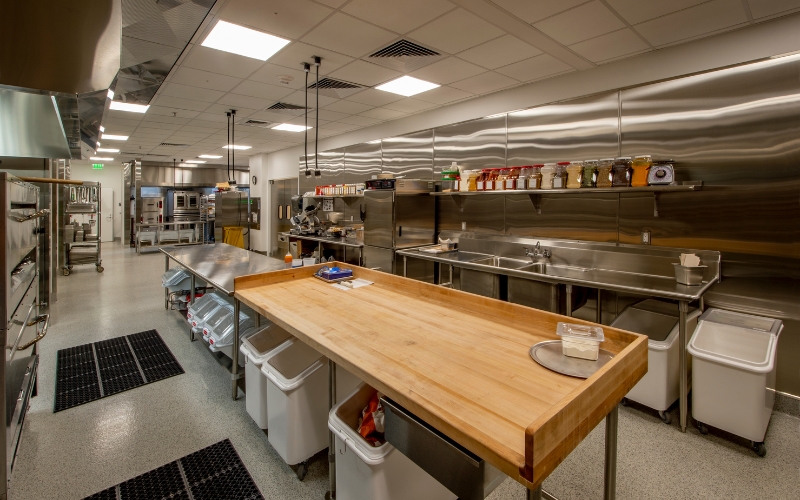Indoor Air Quality (IAQ) has always been an important aspect of public health, but its intersection with transportation has existed since early transportation developments. The confluence of indoor air quality and transportation has been shaped by technology advancements, regulatory changes, and increased public awareness. It’s been a long journey with big issues and big developments over the last century and a half.
Early Indoor Air Quality and Transportation Concerns: The Advent of Industrialization
The rise of industrialization marked the late 19th and early 20th centuries. With it came a boom in transportation infrastructure. Railroads and automobiles were the latest forms of transportation, and along with factories, led to increased emissions of pollutants. In urban areas, the concentration of vehicles and other industrial activities resulted in poor outdoor air quality.
We know that poor outdoor air quality can often become poor indoor air quality. With little attention paid to IAQ due to the focus being on outdoor pollution, the problems began to increase. Trains, powered by coal and diesel, contributed to air pollution that affected outdoor and indoor environments, particularly inside stations and enclosed railcars.
Mid-20th Century: The Automobile Era
The mid-20th century marked the automobile’s dominance and continued reliance on trains for long-distance travel. Cars became more accessible, and urban centers experienced a surge in traffic congestion and vehicle emissions. Indoor air quality inside the vehicles and in buildings near busy roads began to deteriorate at this time. Studies from the 1950s and 1960s showed that pollutants like carbon monoxide, nitrogen dioxide, and lead were present at alarming levels in these urban environments. With the rise of air conditioning systems, it’s easy to see why IAQ was so poor.
The 1970s: The Oil Crisis and Environmental Awareness
With bad often can come good, and that’s the case from the oil crisis of the 1970s. It led to a reevaluation of energy consumption and air quality, both indoors and outdoors. The Environmental Protection Agency (EPA) was established in 1970, and the Clean Air Act was amended in 1977 to include more stringent regulations on vehicle emissions. This era also saw the introduction of catalytic converters and unleaded gasoline. Both of these significantly reduced pollutants from vehicle exhausts. As public awareness of IAQ grew, research into the health impacts gained momentum.
During the same time, cruise ships were becoming more popular for leisure travel. These “floating cities” presented interesting challenges for IAQ. They relied on heavy fuel oil and diesel engines, contributing to air and water pollution. Poor ventilation and crowded conditions on ships often led to higher concentrations of indoor pollutants. This impacted the health of passengers and crew alike.
The 1980s and 1990s: Building Codes and Ventilation
This is the time when building codes and standards addressed IAQ more comprehensively. The introduction of ventilation requirements in buildings was aimed to reduce the infiltration of outdoor pollutants and improve indoor air quality. The transportation sector was simultaneously working to evolve with advancements in emission control technologies. We started to see hybrid vehicles and those stricter emission standards to help mitigate the impact of transportation on air quality. Indoor environments in public transportation like buses and trains began to receive attention to reduce pollutants.
High-speed trails gained popularity in this era. They were designed with better ventilation systems, but the close quarters still posed IAQ challenges. Cruise ships also began incorporating advanced air filtration systems to improve the onboard environment.
The 21st Century: Technological Innovations and Sustainable Transportation Helping Indoor Air Quality
As the century turned 24 years ago, there were significant innovations and a growing emphasis on sustainability. Electric Vehicles (EVs) have emerged as a cleaner alternative. Smart building technologies and air purification systems like Synexis can offer have further enhanced IAQ in homes, offices, and public spaces.
Cruise ships began to adopt greener technologies at this time, such as liquefied natural gas (LNG) engines and exhaust gas cleaning systems, which contributed to reducing their environmental footprint. Urban planning also started to focus on reducing vehicle dependence by promoting public transportation, cycling, and walking. Cities around the world implemented measures like low-emission zones and congestion charges to improve air quality.
Current Challenges and Future Directions
Even with all the progress, challenges remain to ensure optimal indoor air quality in transportation. The rise of ride-sharing services and the continued use of diesel engines in certain sectors pose threats. The COVID-19 pandemic has also underscored the importance of ventilation and air filtration in indoor spaces. That is especially true in public transportation, trains, cruise ships, and other public travel.
As we look to the future, the transition to sustainable transportation modes, such as electric and hydrogen-powered vehicles and ships, is what gives promise for IAQ with regard to transportation. Innovations in air purification technology and smart building systems will continue to play a crucial role as well. Add in growing public awareness and regulatory frameworks that are already in place, and it’s easy to see how the quest for cleaner air and healthier indoor spaces can be successful.













